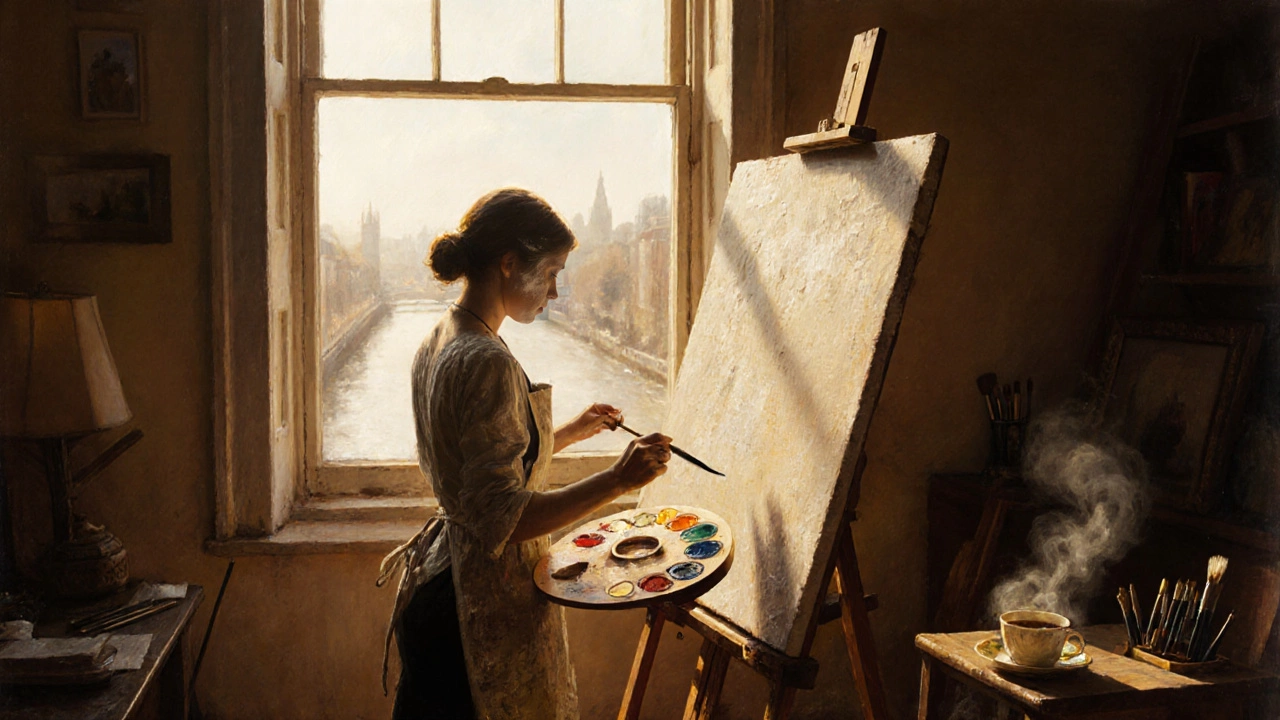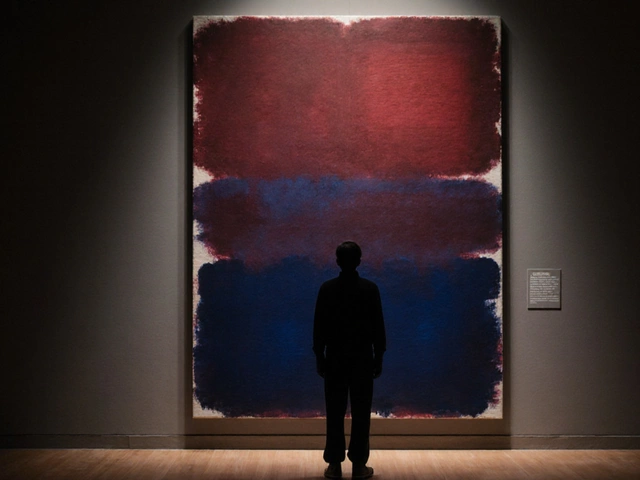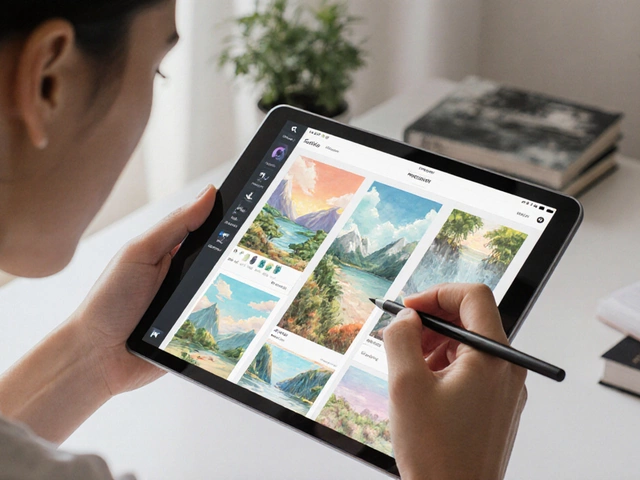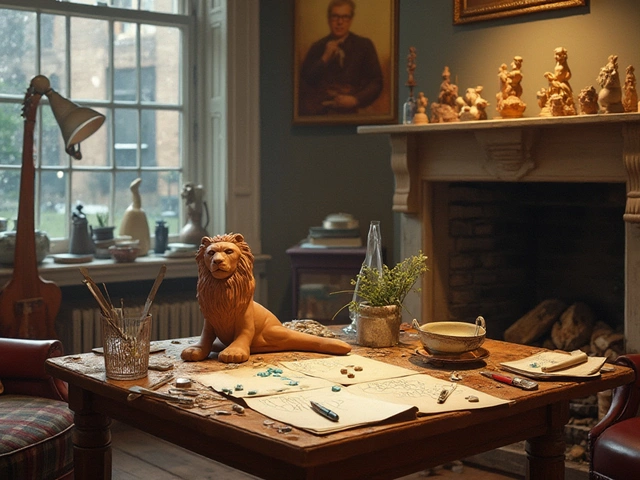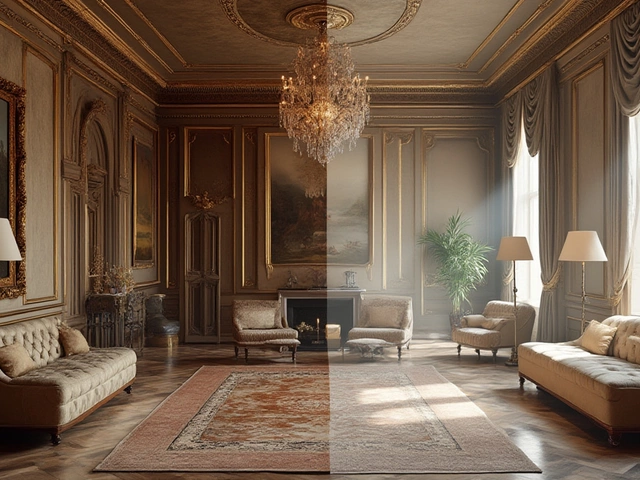Painting Surface Comparison: Choose the Right Surface for Your Art
Ever stood in the art store, stared at rows of canvases, boards and pads, and wondered which one will actually work for your next piece? You’re not alone. The right surface can make a watercolor pop, keep an oil painting flexible, and save you money in the long run. Below you’ll find straight‑forward info on the most common surfaces and how to test them before you commit.
Common Surfaces and Their Strengths
Canvas – Most artists think of canvas first. It’s lightweight, stretches easily, and works well with acrylic and oil. A primed cotton canvas will absorb paint, giving you a natural texture, while a linen canvas offers a smoother feel but costs more. If you plan to paint large works or need a flexible surface for transport, canvas is a solid bet.
Watercolor Paper – Not all paper is made equal. Cold‑pressed (rough) paper gives a grainy texture that shows brushwork, while hot‑pressed (smooth) paper is best for detailed work. Look for 140‑300 gsm weight; lighter sheets buckle, heavier ones stay flat. Acid‑free paper ensures your work won’t yellow over time.
Wood Panels – A rigid surface like birch or maple panel is ideal for fine detail. The smoothness lets you achieve razor‑sharp lines with oil or acrylic. Because wood doesn’t flex, it’s great for layers that need a stable base, but it’s heavier and requires sealing to prevent warping.
Acrylic Boards – These are essentially canvas stretched on a thin board. They combine the lightness of canvas with the sturdiness of a panel. Acrylic boards are ready‑to‑paint out of the box and usually come pre‑primed, which saves time.
Mixed‑Media Pads – If you like switching between pen, ink, watercolor, and light acrylic, a mixed‑media pad offers a versatile surface. The paper is usually heavier than standard watercolor paper and has a slight tooth that works for both wet and dry media.
How to Test and Pick the Best Surface
Start with a small sample. Buy a few sheets or a small stretcher canvas and apply the medium you plan to use. Watch how the paint sits, dries, and whether it lifts off when you scrub. If the surface feels too absorbent, add a gesso primer; if it’s too slick, consider a sanded gesso for extra tooth.
Think about your workspace. Limited storage? Lightweight canvas or acrylic board saves space. Heavy wood panels need sturdy shelving. Budget matters too – a bulk pad of watercolor paper can be cheaper per square foot than a premium linen canvas.
Durability is another factor. If you ship artwork or roll it for transport, choose a flexible surface like canvas or a high‑quality paper that can roll safely. For pieces that will stay on a wall for years, wood panels or stretched canvas with proper sealing will hold up better.
Finally, match the surface to your style. Rough textures enhance expressive brushwork; smooth surfaces let you achieve photorealistic details. Test a few options, notice how the paint behaves, and trust your eye.
By comparing the key traits of each surface and doing a quick hands‑on test, you’ll pick the one that feels right for your next project. No more guessing, just confident choices that let your creativity shine.
Best Surface for Portrait Painting: Canvas, Panel, or Paper?
Discover the ideal surface for portrait painting. Compare canvas, linen, wood panels, and more to choose the perfect base for oil or acrylic portraits.
Continue Reading